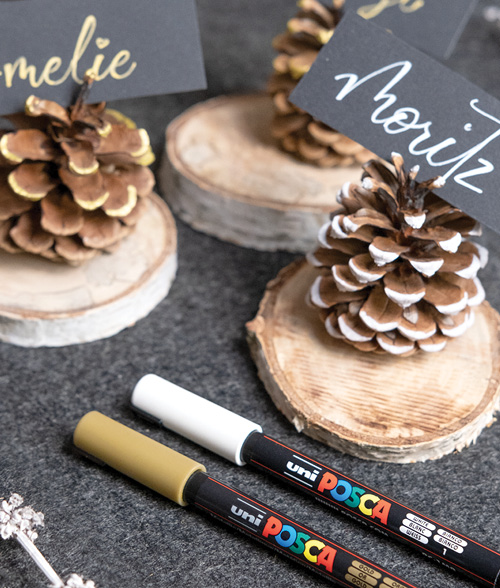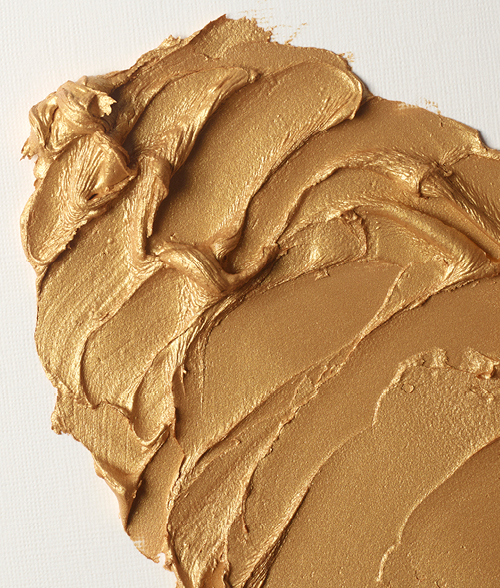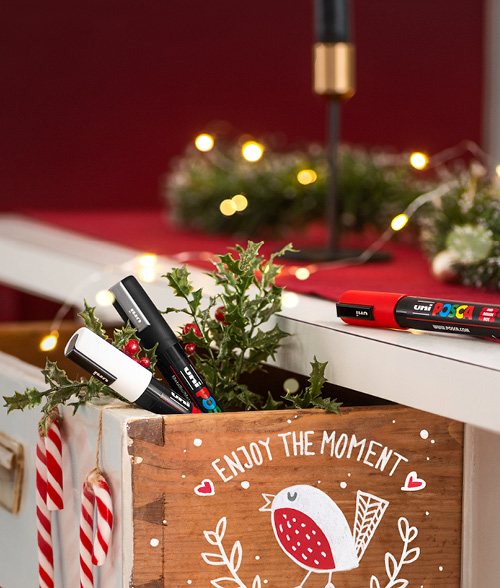Mechanical pencils have been around for over 100 years and refer to pencils with loose leads. They can also be called mechanical lead pencils. The range of mechanical pencils today is almost endless, and there is a pencil for every purpose.
In this guide, we will answer common questions and list the best mechanical pencils.


What are the advantages of a mechanical pencil compared to a traditional pencil?
One advantage of a mechanical pencil is that you don’t need to sharpen it. Another feature is that it provides a consistent line width. The tip is always sharp, giving even and clear lines. You can also choose exactly which lead width you want when you purchase your pencil.
What lead width should you choose?
The most common lead widths are 0.5 mm and 0.7 mm. It often comes down to personal preference. 0.3 mm and 0.9 mm are also available. There are also ultra-thin mechanical pencils at 0.2 mm and broader ones at 1.4 mm.
Which guide pipe (lead sleeve) is best – fixed or retractable?
The tube that surrounds the lead is called the guide pipe. It is narrow, usually made of metal, and protrudes a bit from the pencil. Many pencils have a retractable guide pipe, allowing you to retract it when not in use. Hold down the push button and gently press the pipe against your finger or the paper surface. This prevents bending the pipe and avoids puncturing your pocket. It’s particularly useful if you use the pencil for writing.
Pencils with fixed guide pipe have the advantage of a completely stable tip. A retractable pipe can wobble slightly, and although it’s marginal and hardly noticeable, there are situations where it needs to be completely fixed. This is especially true when using rulers and templates, making them suitable for technical drawing. Fixed guide pipe are often slightly longer to facilitate use with templates.
Some mechanical pencils with fixed guide pipe:
A mechanical pencil with a retractable guide pipe:


What about lead hardness?
Most mechanical pencils come with HB lead, which is medium-hard. The higher up the B scale (B, 2B, 3B, etc.), the softer the lead. The higher up the H scale (H, 2H, 3H, etc.), the harder the lead. Softer leads provide darker lines but can smudge, while harder leads give lighter lines. For writing, HB or a nearby grade (H for slightly harder, B for slightly softer) is common, but it’s ultimately a matter of personal preference.
What is a lead holder?
A lead holder often takes thicker leads, from 2 mm and upwards. Instead of a mechanism that clicks the lead forward, it uses a clutch that holds the lead in place, making it stepless; the clutch opens when you press the button. Be careful; the entire lead might fall out if not handled properly.
What special mechanical pencils are available?
Kuru Toga from Uni
A clever pencil that rotates the lead as you write, keeping the tip consistently sharp. Affordable and very functional. Read more about Kuru Toga here!
Orenz from Pentel
A unique pencil where the lead is hidden by the guide pipe, and there’s no need to advance the lead manually—it happens automatically. Its unusual 0.2 mm lead width makes it stand out. Read more about Pentel Orenz here!
GraphGear 1000 from Pentel
Combines the best of both worlds. The pencil has a fixed guide pipe but can still retract, as the entire front section is retractable — a fantastic solution from Pentel. Read more about the Pentel GraphGear 1000 here!
Color ENO Mechanical Pencil from Pilot
Have you ever tried a mechanical pencil with coloured lead? If not, we highly recommend it! Pilot's Color ENO comes in 8 vibrant colours and erases just like a regular pencil. Great fun for sketching and writing. Read more about the Color ENO Mechanical Pencil here!
 United Kingdom (GBP)
United Kingdom (GBP)






















